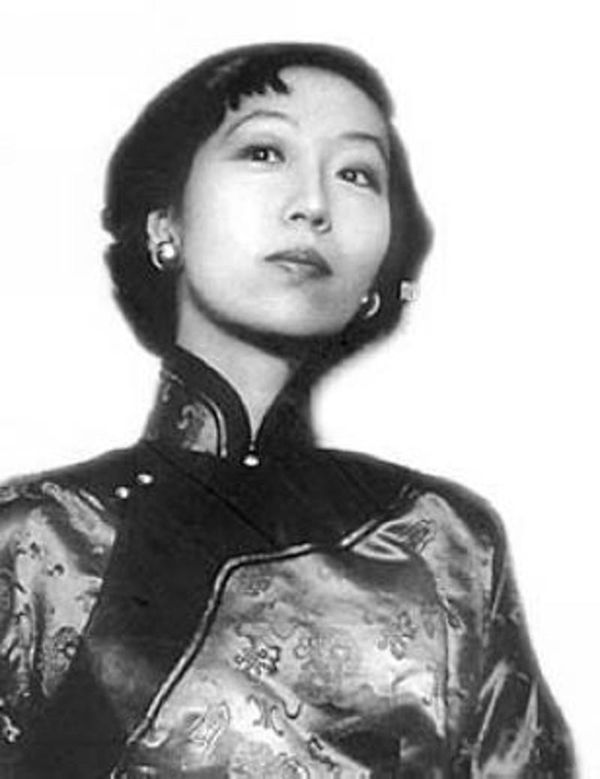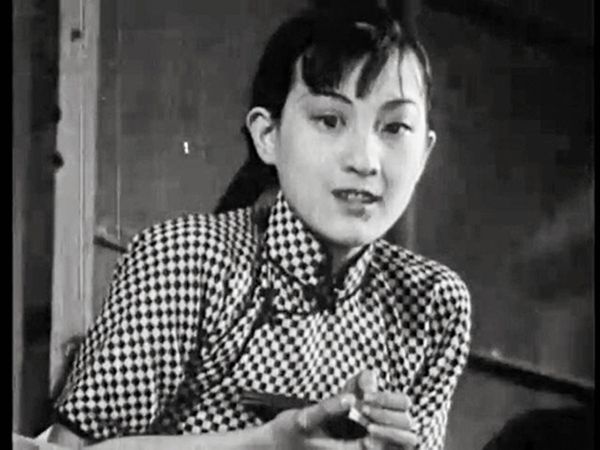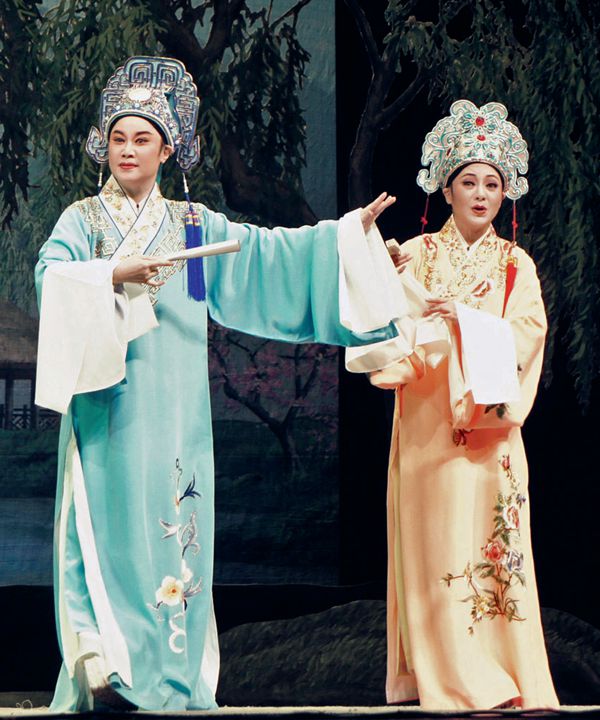Shanghai: Modernity and Tradition--Culture
Literature
Urban literary journals took shape in tandem with the development of China’s trading ports, modern cities, printing and publishing industry and mass media. Shanghai so gave birth to writers who subsisted on fees earned from contributions to journals, newspapers and the book market.

Shanghai-school literature originated in writers active in Shanghai literary circles in the 1930s. Conforming to popular tastes, most of their works focused on urban life, particularly the diversified society of semi-colonial Shanghai. These stories often unfold in night clubs, casinos, and bars. They tell of the men and women who abandoned their old ways of life, but became lost in the Westernized urban scenes of this vibrant, modern city.
Mao Dun and his novel Midnight, Eileen Chang and her love stories Love in a Fallen City and Half Life Fate, as well as Wang Anyi and her book Everlasting Regret are representative writers and works of Shanghai-school literature.
Film
In 1896, one year after the first-ever film was screened in France, China’s first film presentation took place when a French tourist screened a short movie in a Shanghai teahouse. Chinese people delighted in this avant-garde art, which quickly spread from Shanghai to the inland regions. China’s vast market also attracted Western filmmakers.

Movies themed on Shanghai life have played a significant role in the history of Chinese film. China’s first short film Die for Marriage and first full-length motion picture Yan Ruisheng were produced in Shanghai. By 1925, China was home to 175 film companies, 141 of them based in Shanghai. Many of the films produced in the city have become classic works. For instance, Song of the Fisherman was the first Chinese film to win an international film festival award. Street Angel is commonly acknowledged as one of the 100 most remarkable Chinese films of the past hundred years. Interludes in the latter movie, performed by famous singer-actress Zhou Xuan, are still sung in households throughout the country.
Local Opera
Shanghai was where modern Chinese opera originated and became popularized. Shanghai-school opera, which includes Peking Opera, Kunqu Opera, Yueju Opera, Shanghai Opera, and pingtan (storytelling and ballad singing in Suzhou dialect), has a glorious history.
Shanghai-style Peking Opera is shaped by Shanghai culture. Peking Opera was introduced to Shanghai in 1867. It became localized by incorporating features of Kunqu Opera and plays from Anhui and Hebei provinces. Its performance transformed history into reality, and traditional themes into novel and sensational storylines. This strain of performance art that provides both an auditory and visual feast places equal emphasis on singing and storytelling. Peking Opera in Shanghai style has become the model of modern Chinese opera, pioneered by Zhou Xinfang and Gai Jiaotian.

Yueju Opera and its melodic expression of emotions is one of the most popular in China. Romance between gifted men and beautiful women is generally its theme, and it imbues the delicate southern China ambience. All-female Yueju opera troupes mushroomed in Shanghai after the 1930s, and became hugely popular. Favorite Yueju plays include The Butterfly Lovers, Romance of the West Chamber and A Dream of Red Mansions.
Shanghai Opera reflects the unique cultural heritage of the city, drawing from folk songs along the Huangpu River and displaying facets of other local arts. Shanghai Opera is often a deep exploration of people’s inner world, and its plots reflect the changes of the time. Popular Shanghai operas include The Scholar and the Serving Maid and Fate in Tears and Laughter.



